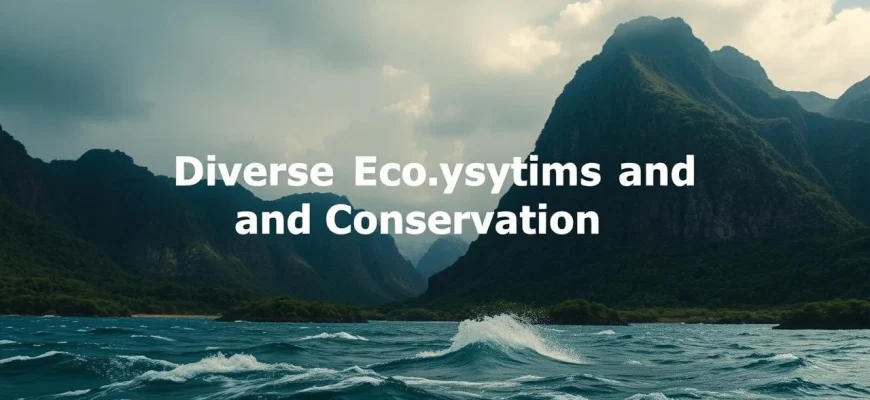If you were captivated by the breathtaking visuals and compelling storytelling of 'Seven Worlds, One Planet,' you're likely eager to find more documentaries or shows that offer a similar blend of stunning nature cinematography and insightful environmental narratives. This article highlights 10 must-watch movies and TV shows that share the same awe-inspiring exploration of our planet's diverse ecosystems, wildlife, and conservation efforts. Whether you're a nature enthusiast or simply love visually stunning documentaries, this list will guide you to your next favorite watch.
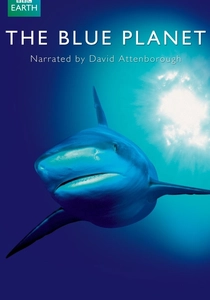
The Blue Planet (2001)
Description: As a pioneering ocean documentary series, 'The Blue Planet' shares with 'Seven Worlds, One Planet' a focus on Earth's diverse ecosystems, groundbreaking underwater cinematography, and David Attenborough's narration. Both series highlight the interconnectedness of life and the impacts of human activity on natural environments.
Fact: This was the first comprehensive documentary series about the world's oceans. Some sequences took up to five years to film. The series inspired the creation of marine protected areas around the world.
 Watch Now
Watch Now 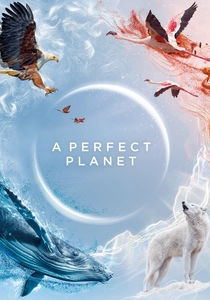
A Perfect Planet (2021)
Description: This recent series, like 'Seven Worlds, One Planet', examines how natural forces shape Earth's ecosystems and support life. Both combine epic scale with intimate animal stories, feature David Attenborough's narration, and emphasize humanity's impact on nature. The cinematography in both is equally spectacular.
Fact: The series examines five key natural forces: volcanoes, sunlight, weather, oceans, and humans. It features footage of flamingos breeding on a toxic lake in Africa. The production was delayed by the COVID-19 pandemic.
 Watch Now
Watch Now 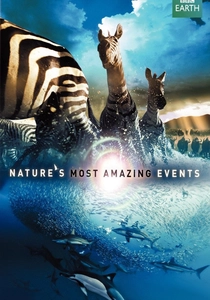
Nature's Great Events (2009)
Description: This series, like 'Seven Worlds, One Planet', focuses on dramatic natural phenomena and their impact on wildlife. Both showcase spectacular large-scale events (migrations, seasonal changes) and how animals adapt to them. The cinematography in both is equally breathtaking, often capturing events never before filmed.
Fact: Each episode focuses on a different seasonal event, like the great salmon run or the Arctic summer. The series used helicopter-mounted Cineflex cameras for stable aerial shots. It took three years to film all the sequences.
 Watch Now
Watch Now 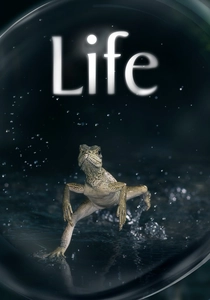
Life (2009)
Description: 'Life' shares with 'Seven Worlds, One Planet' a comprehensive exploration of Earth's biodiversity, showcasing extraordinary animal behaviors and survival strategies. Both series use state-of-the-art filming techniques and are narrated by David Attenborough. They share a similar episodic structure, with each episode focusing on a different group of organisms or ecosystems.
Fact: The series took four years to film across every continent and habitat. It features the first-ever footage of a Jesus Christ lizard running on water. The production team used a specially designed camera that could shoot 1,000 frames per second to capture slow-motion sequences.
 Watch Now
Watch Now 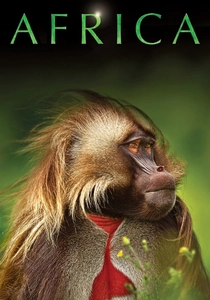
Africa (2013)
Description: This series, like 'Seven Worlds, One Planet', offers a continent-by-continent exploration of wildlife and ecosystems. Both showcase the unique biodiversity of different regions, with spectacular cinematography and David Attenborough's narration. They share a conservation message about protecting vulnerable species and habitats.
Fact: The series features the first-ever footage of a group of desert lions hunting oryx. It took four years to film across 27 countries. The crew used a special 'dirt cam' to get close-up shots of dung beetles without disturbing them.
 Watch Now
Watch Now 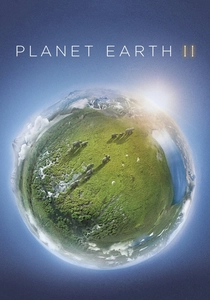
Planet Earth II (2016)
Description: Similar to 'Seven Worlds, One Planet', 'Planet Earth II' is a BBC-produced nature documentary series that explores the diversity of life across different habitats. Both series share a focus on breathtaking cinematography, narrated by Sir David Attenborough, and emphasize the beauty and fragility of Earth's ecosystems. The storytelling style is immersive, often using cutting-edge technology to capture never-before-seen animal behaviors.
Fact: 'Planet Earth II' was the first nature documentary filmed in ultra-high-definition (4K). The series won two Emmy Awards for Outstanding Documentary and Outstanding Cinematography. The famous scene of snakes chasing iguanas on the Galapagos Islands became one of the most viral nature documentary clips ever.
 Watch Now
Watch Now 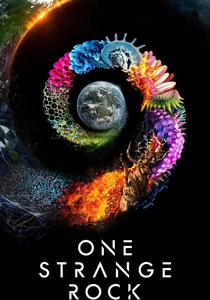
One Strange Rock (2018)
Description: While more focused on Earth as a whole system, this series shares with 'Seven Worlds, One Planet' a awe-inspiring perspective on our planet's uniqueness. Both combine stunning visuals with scientific insight, though 'One Strange Rock' adds astronaut perspectives. They both emphasize how interconnected and fragile Earth's systems are.
Fact: The series is hosted by Will Smith and features interviews with astronauts. It was produced by Darren Aronofsky, known for his dramatic films. The crew filmed in 45 countries over 900 days.
 Watch Now
Watch Now 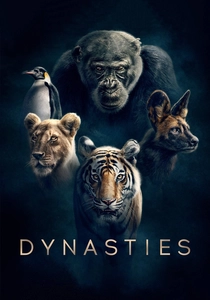
Dynasties (2018)
Description: Like 'Seven Worlds, One Planet', 'Dynasties' focuses on animal families and their struggles for survival, offering intimate portraits of wildlife. Both series share a narrative approach that combines dramatic storytelling with scientific insight, and both are narrated by David Attenborough. The cinematography in both shows is equally stunning, capturing rare and dramatic moments in the animal kingdom.
Fact: Each episode follows a different endangered species: chimpanzees, emperor penguins, lions, painted wolves, and tigers. The crew spent over 1,300 days filming in the field. The series was originally planned to be called 'Dynasty', but the name was changed to avoid confusion with the 1980s soap opera.
 Watch Now
Watch Now 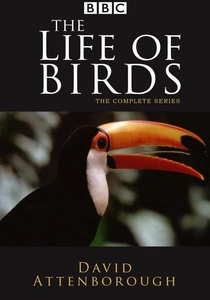
The Life of Birds (1998)
Description: While focused specifically on birds, this series shares with 'Seven Worlds, One Planet' David Attenborough's engaging narration and a focus on animal behavior and adaptation. Both series combine scientific information with stunning visuals, showing creatures in their natural habitats overcoming challenges.
Fact: The series took three years to film across 42 countries. It features the first slow-motion footage of a hummingbird's wingbeats. Attenborough was 72 years old when he narrated this series.
 Watch Now
Watch Now 
Wild China (2008)
Description: Similar to how 'Seven Worlds, One Planet' explores distinct continents, 'Wild China' provides an in-depth look at China's diverse landscapes and wildlife. Both series combine stunning visuals with cultural insights and share a focus on lesser-known species and habitats. The cinematography in both captures both grand landscapes and intimate animal behaviors.
Fact: The series was a co-production between the BBC and China Central Television. It features rare footage of snow leopards and golden snub-nosed monkeys. The crew traveled over 500,000 kilometers during production.
 Watch Now
Watch Now 
